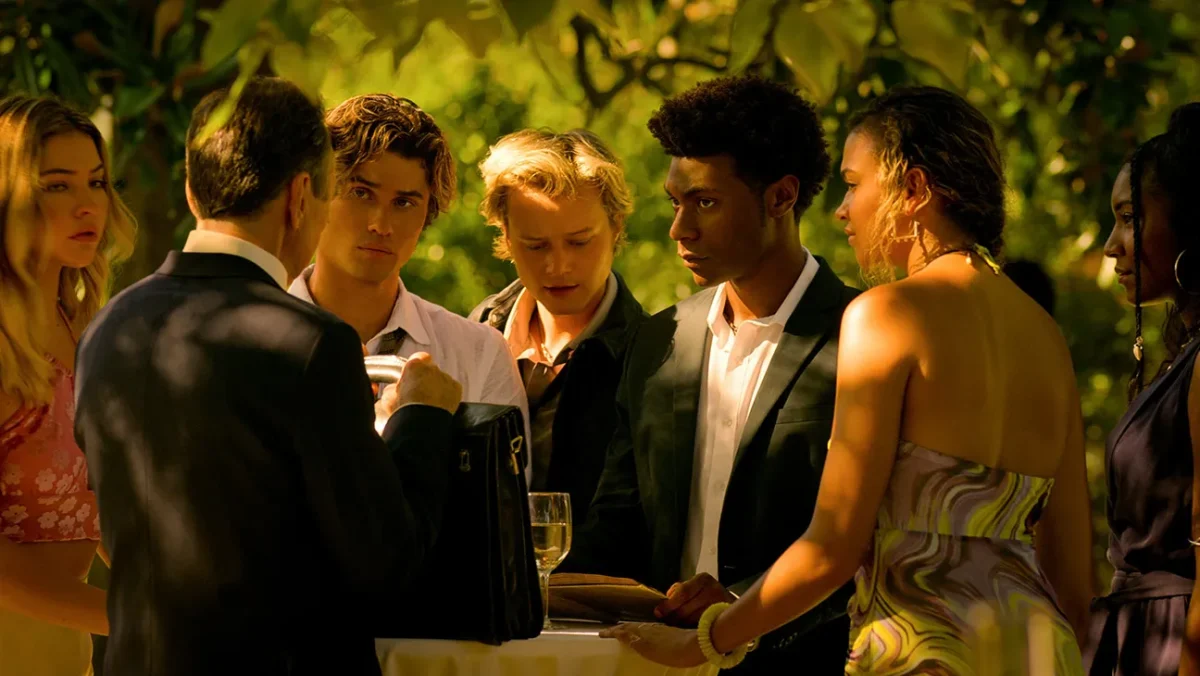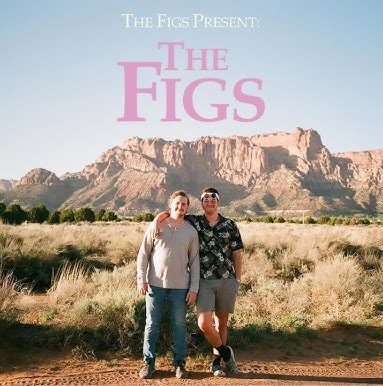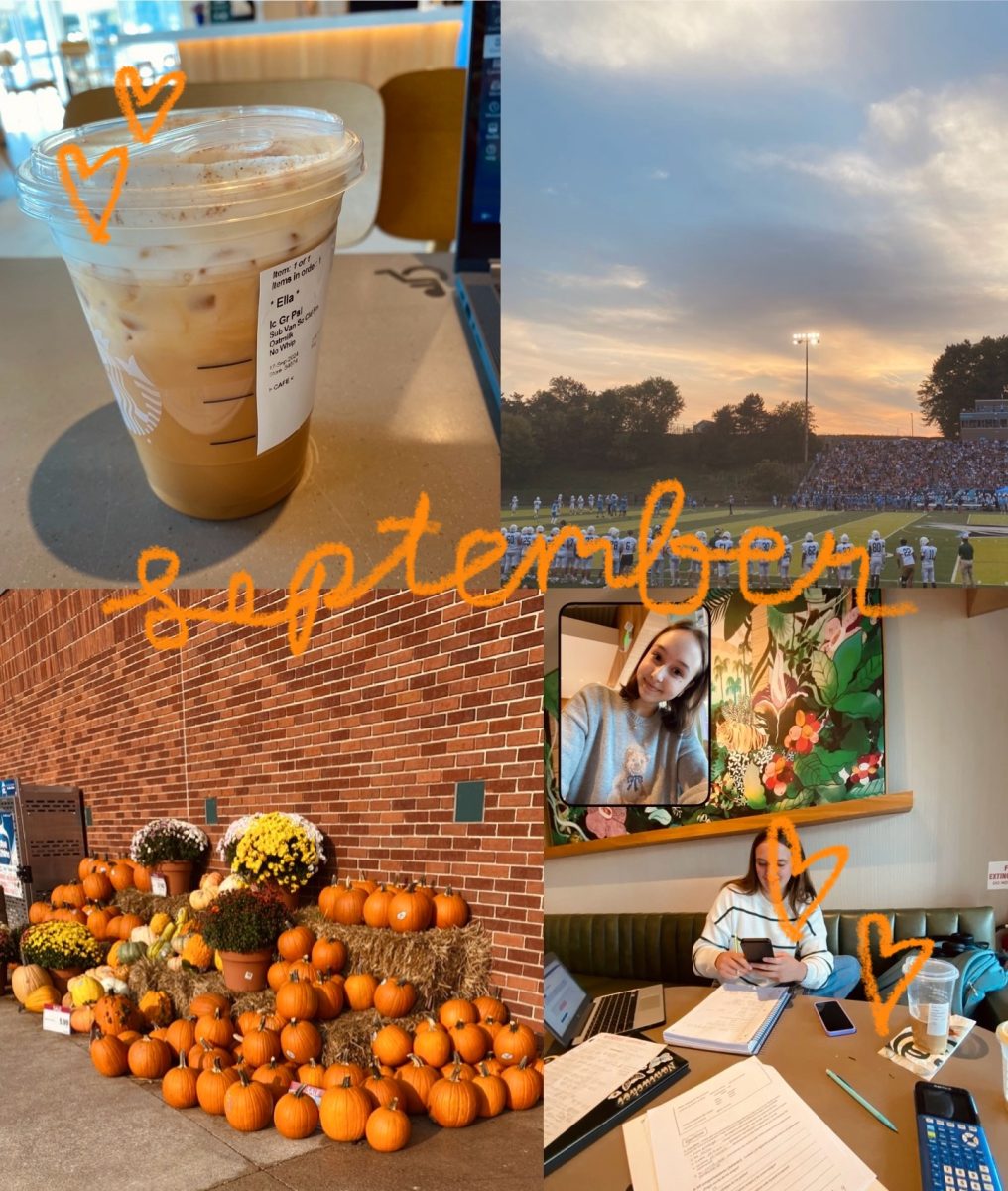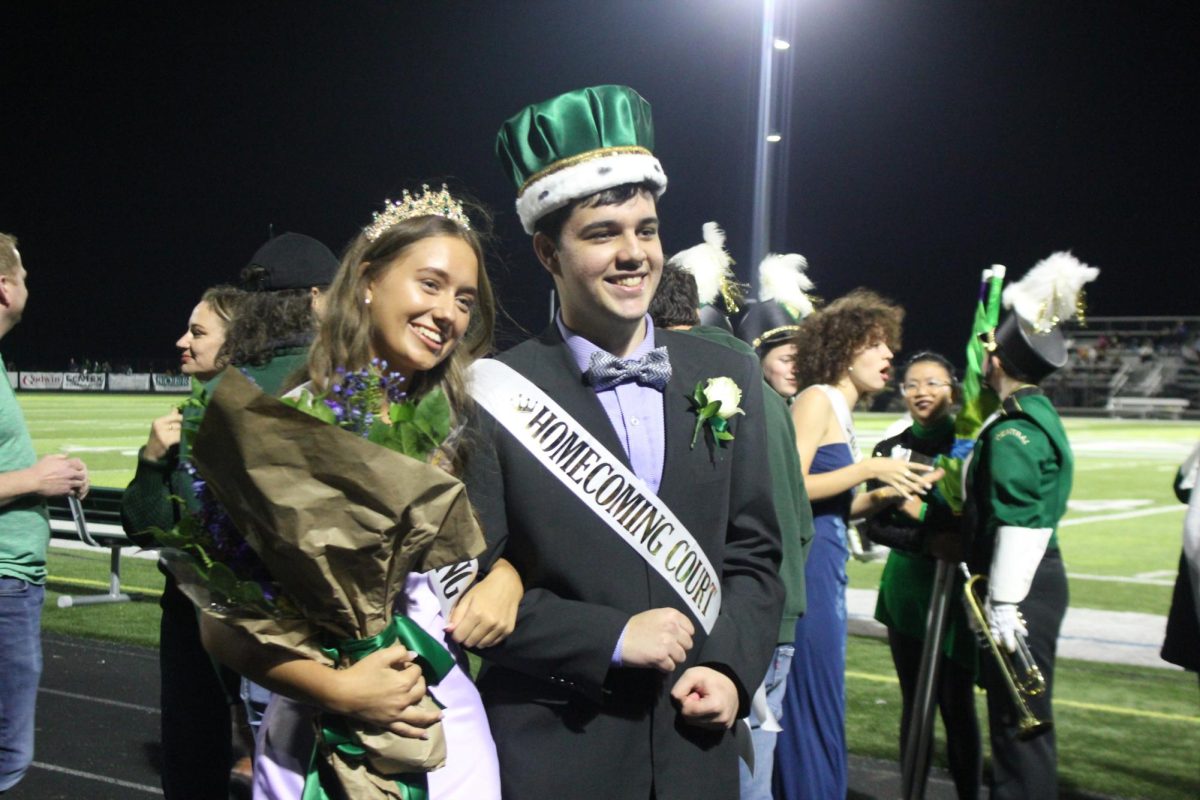March Mammal Madness creates fun competition within the biology classrooms
It was an epic battle: on one side of the jungle is the Kinda Baboon and on the other side is the Egyptian Fruit Bat. It was obvious who would win—how could a small fruit bat defeat a large baboon? Quickly, the clash took an unprecedented turn; the baboon got distracted by a female baboon, and all of the sudden, the bat claimed victory of the Zambian jungle.
This encounter was one shown in biology teachers Kristy Butler and Patricia Richardson’s classrooms. Similar videos are shown Monday, Wednesday, and Thursday during the AP Biology and regular freshman biology classes, all consisting of something larger: March Mammal Madness.
Similar to the NCAA March Madness, brackets are filled out, bets are placed, and tournaments are held. All of this with one twist—mammals. While Butler and Richardson have never had their classes participate in this tournament, they decided they would try it this year.
“[Arizona State University] has been doing [March Mammal Madness] for about six to ten years,” Butler said. “They look at different organisms and essentially put them up against each other, and students make a prediction of who will win based on where they live and their adaptations. They obviously aren’t battling to the death or anything like that, it usually just ends by one animal hiding or running away.”
While Butler tried to run the competitions last year, school shut down right about the time brackets were being made.
Consisting of not only fun and a little bit of competition among their peers, the biology students are also adding onto their knowledge of ecology, evolution, niches, and certain adaptations throughout the process of watching the animals battle.
“It really is a good review of animal behaviors, adaptations, niches, and ecosystems,” Butler said. “And then we’re also finishing up our calendar, so we’re going to start our ecology unit, and that’s kind of what finishes our year. It’s a really good tie into all of that.”
One student filling out their bracket and adding onto their knowledge of all things biology is senior Rachel Schenck.
Rachel is taking the AP Biology course this year and finds amusement in this new unit. Before filling out brackets, Rachel and her classmates had to conduct research on each animal—alive or extinct—and take habitats, size, and adaptations into consideration to allow all brackets to be as feasible as possible.
“We all were given a blank bracket and were told to fill it in,” Rachel said. “Each kid in AP Biology researched one or two animals. We had to put images [of their] adaptations whether they had something like camouflage or poison or anything like that. And once those were taped onto the lockers, all biology students went to the hallway and filled it out according to who they thought would win.”
Although Rachel enjoys taking part in the tournament, she found herself in a predicament when she didn’t take certain adaptations into consideration.
“My bracket is kind of failing because the ones I thought would have won didn’t win,” Rachel said. “Also, the poisonous species didn’t go as far as I thought they would have. I also didn’t take freshwater and saltwater into consideration; if a saltwater fish got put in a freshwater habitat, it died and the other one won.”
Normally, the Biology department takes their students on a field trip to John Ball Zoo, but this year, they were not able to. Rachel finds March Mammal Madness to somewhat equate to the zoo trip in the sense that students are still able to observe certain animals.
Rachel also agrees that the tournaments greatly correlates to what students have learned, and what they will continue to learn in class.
“We learned a lot about natural selection and ecology,” Rachel said. “In a way, it correlates [with what we are learning] because we observe the ‘survival of the fittest’ mentality. Since one animal has claws, it would be more likely to survive, which is all [information] we covered earlier in the year.”
The idea for the Biology department to join all stemmed from Patricia Richardson.
Richardson is apart of an AP Biology Facebook page and many other teachers were talking about it and seemed excited about the tournaments, so she found it necessary to include her students too.
“Last year was the first year we decided to try it with our students,” Richardson said. “But once they started making their brackets, we went fully remote; it kind of fizzled out, and you lose the excitement of it when you’re not watching it with each other.”
Richardson was excited when she heard the idea of rebooting the tournaments this year and was quick to set up research and brackets.
Students were excited too. Competitions and strong emotions have erupted during class when someone’s winner ends up losing, and both Richardson and Butler find it amusing to see the emotions that arise.
“[The students] enjoy it until their winner gets out,” Richardson said. “When the baboon got distracted by the female, all of the students were upset because their winner was out. It all depends on whether their bracket is busted or not, but for the most part, the students really enjoy watching the battles in class, and I enjoy watching the students and their reactions.”
Whether it be simply filling out a bracket or watching the fights go down, both students and teachers find a lot of enjoyment and anticipation leading up to the day of the fights. Even when their winner loses, competition is still fun for all.
“Some of our kids have picked [animals to win], but they get out early,” Butler said. “ When their animal loses, it’s very devastating and there’s competition, like, ‘Oh, I’ve got a better bracket than you!’ So it’s very much like March Madness, but just within our biology classes.”

Rylie is a junior, and this is her first year writing for The Central Trend. She spends almost all of her time laughing with her family or friends. She...

























































































